If you don’t give up when the rain starts coming down, you will know the importance of keeping dry and comfortable during your days embracing the outdoors. However, with an ever-growing array of styles, fabrics and features to choose from, it can be difficult to know which one to invest in.
To help you find your perfect waterproof jacket, or hard shell as they’re otherwise known, we have put together a foolproof guide, to help you on your way. You’ll find the ideal waterproof for you and whichever outdoor activities you choose.
Read on to find out more about waterproof jackets, their features, considerations when buying and which types are best for outdoor activities…
When to Buy a New Waterproof Jacket
If you’ve tried reproofing and repairing a waterproof jacket, then it is likely time to treat yourself to a new one. There are plenty to choose from with all sorts of features and technologies to help you battle the elements.
So which waterproof jacket should you choose? Which features are right for you?
A good way to decide this is to consider what you’ll primarily be using it for – we’ll discuss this in more detail further down. But, if you’re doing serious hill walking, then you may want a stiffened hood, storm flaps, and pockets for extra storage.
However, if you’re climbing, then you might want to consider something that’s a little more hardwearing, has a more relaxed fit for ease of movement, and has adjustable cuffs and hems.


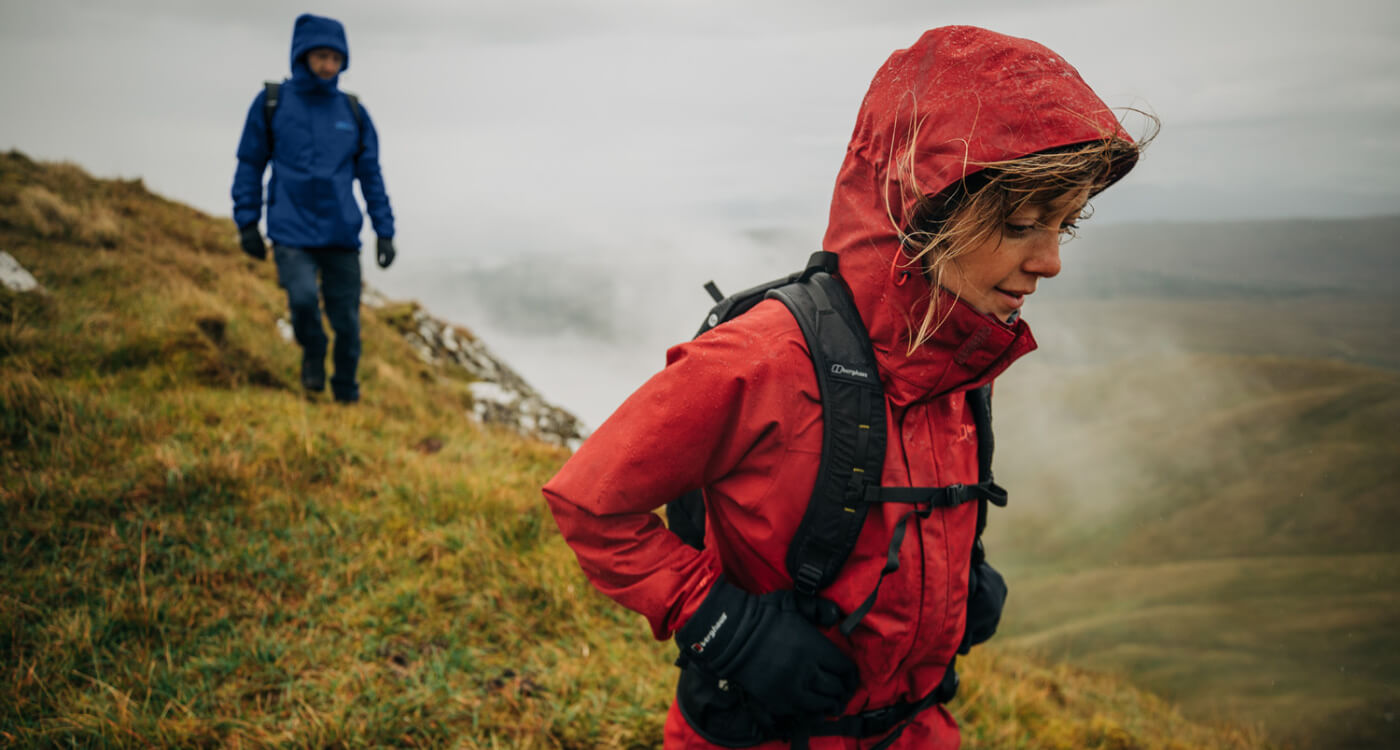
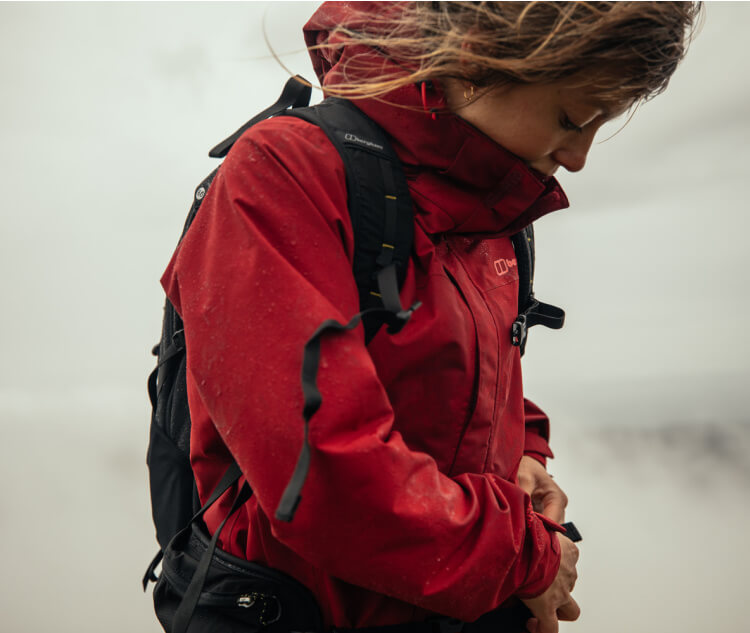
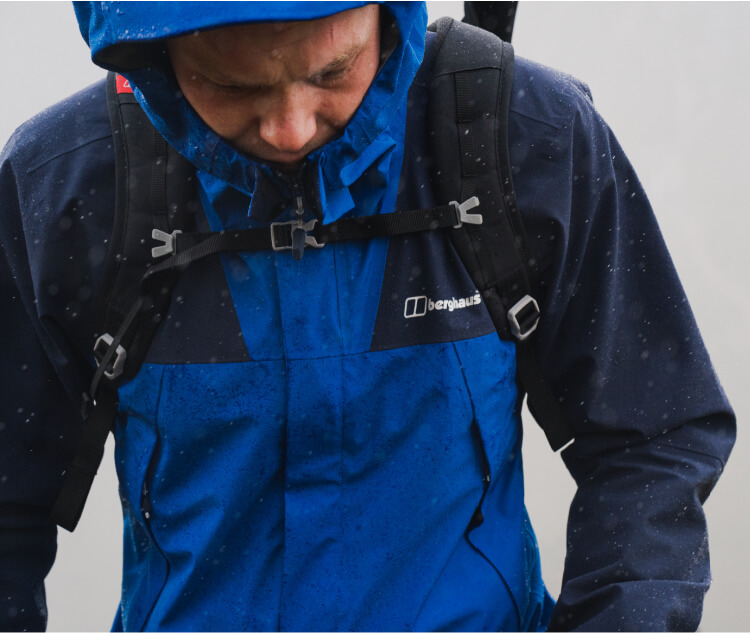

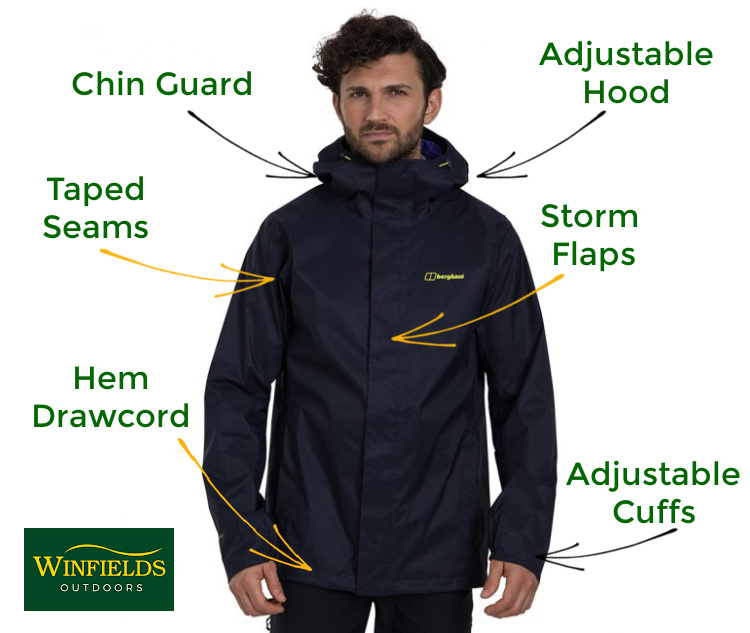
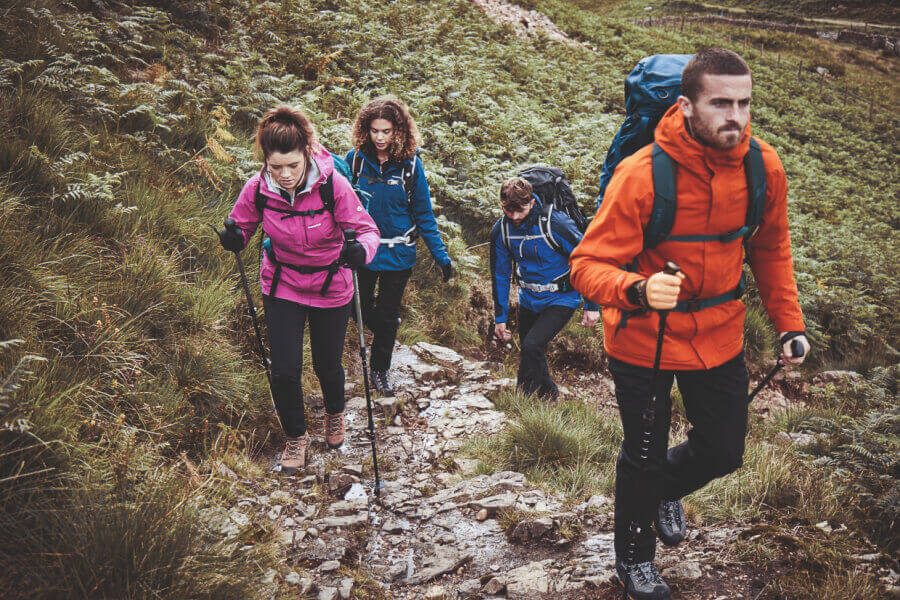
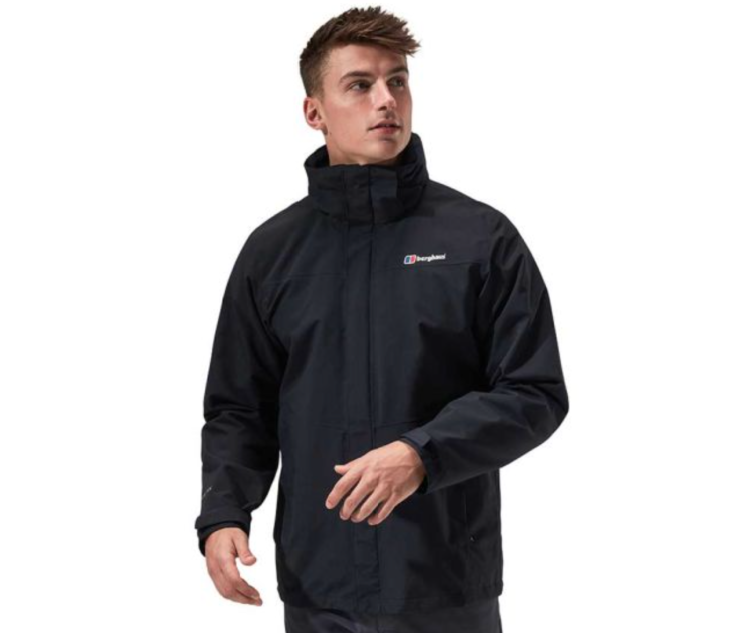



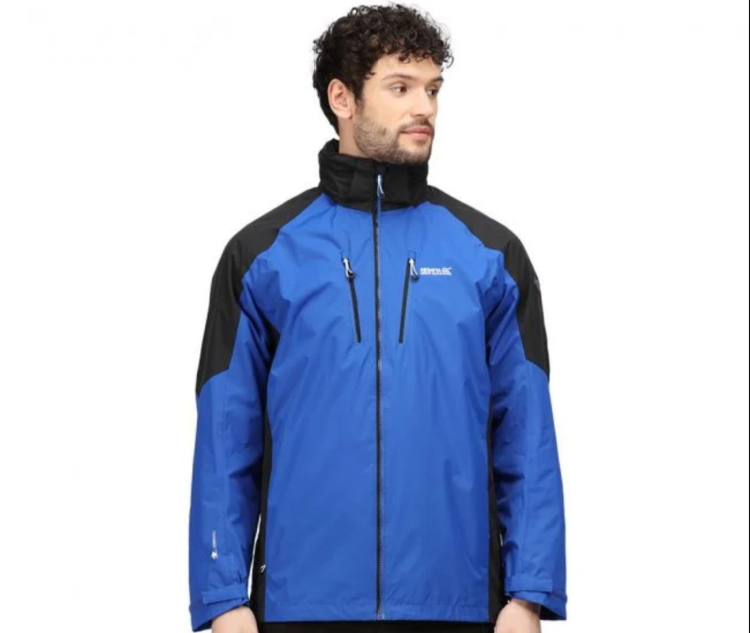
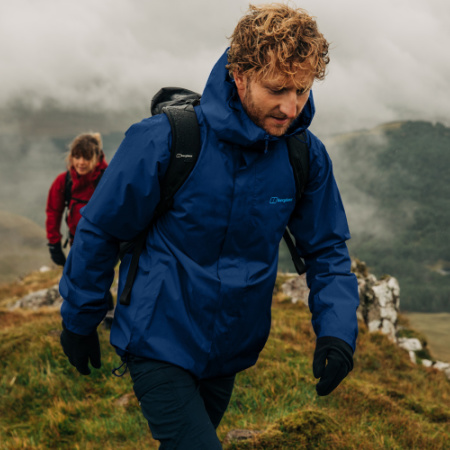
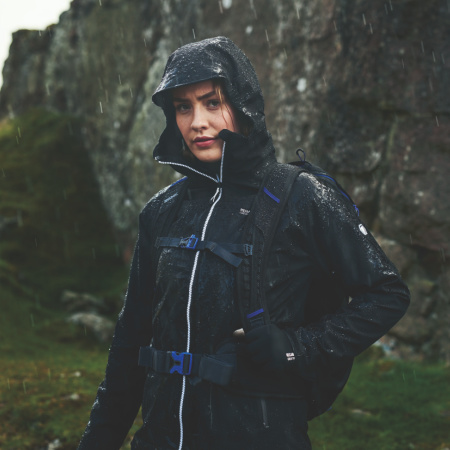
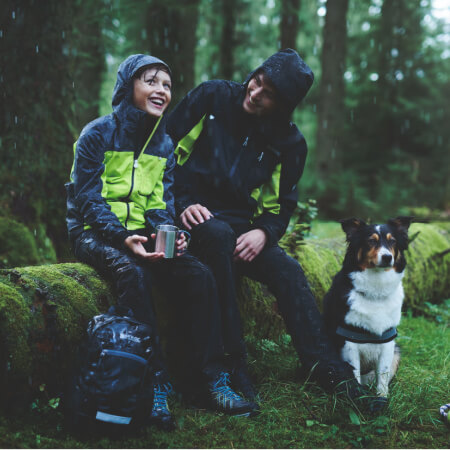

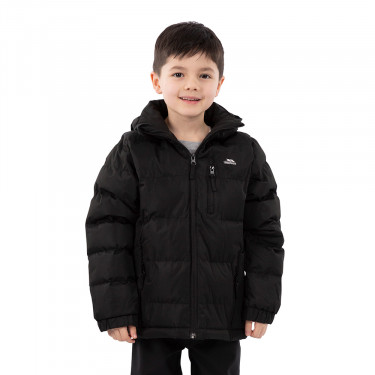

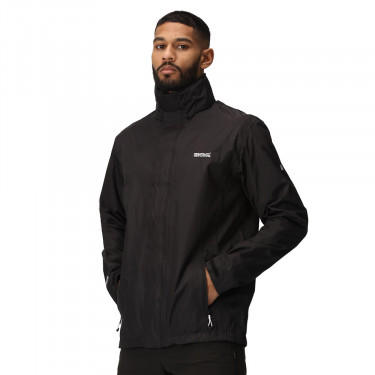
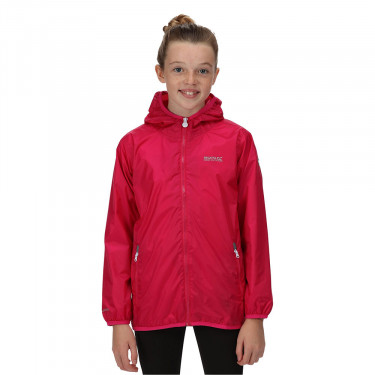


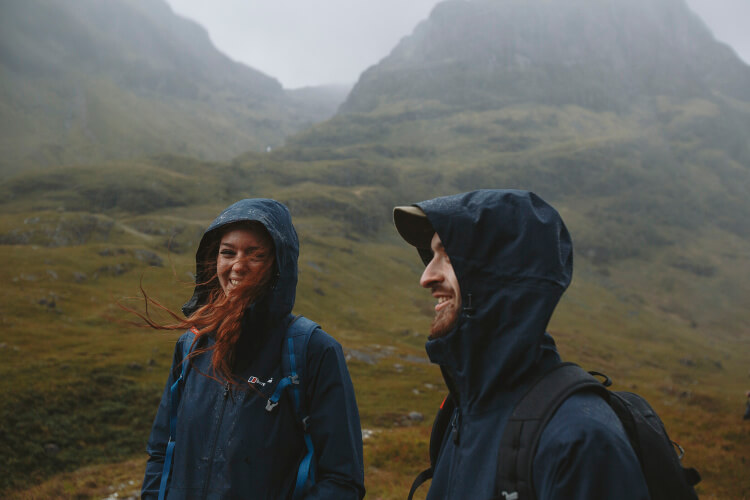
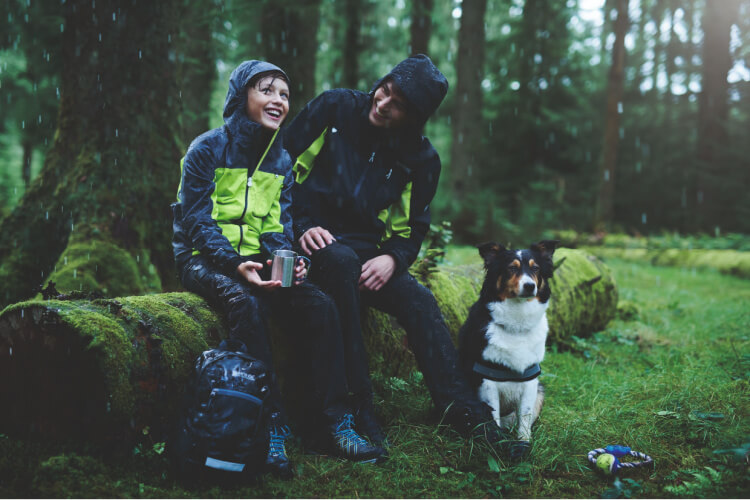

Excellent article, but I'm still slightly confused. I do 2 regular walks of 8 to 10mls each week, which in most cases are quite strenuous & I sweat like the proverbial pig, in fact I do likewise, when just walking into town 3mls away. But on my group walks I don't like to have too much clothing on, a "T" shirt & a light fleece I find is ample. But I still sweat even when a waterproof is not worn. Consequently I freeze when we stop for a lunch break. So what would you recommend I wear next to my skin to lessen this?
Also what is your feeling on the so called 100% Polyester Waterproof Breathable Jackets for when it rains.
Thank you for your time & I look forward to your reply.
Kind regards
B Jarvis
You'll sweat when you wear a t-shirt because cotton isn't very breathable and so doesn't let heat or moisture escape easily. It absorbs moisture rather than wicking it away, and it's this that makes you cold. We'd recommend wearing a baselayer against your skin - and you can find out more on this in our guide to layering clothing. Hopefully this helps!